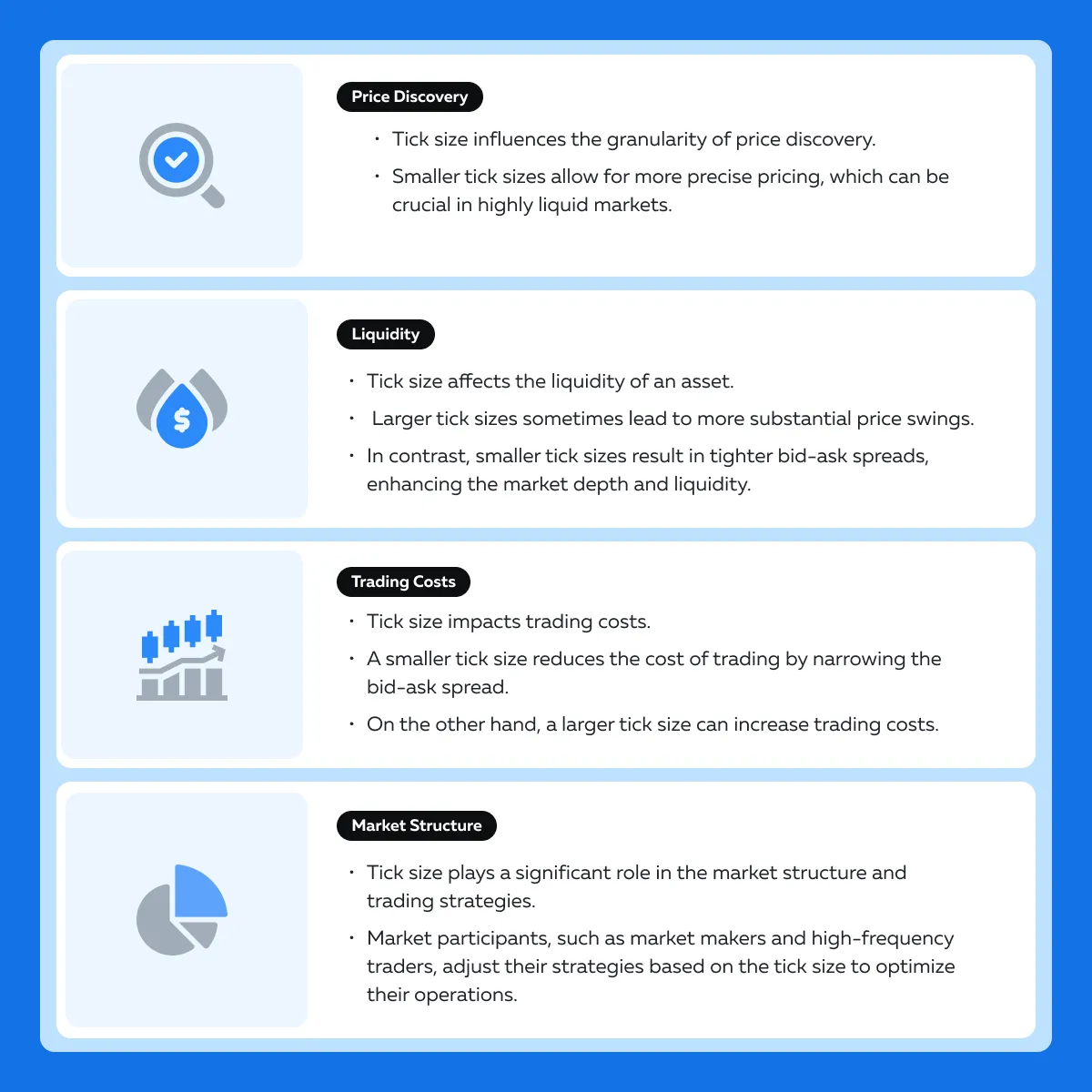Did you know that the liquidity of a market can be as volatile as a cat on a hot tin roof? In day trading, understanding liquidity and market depth is crucial for making informed decisions. This article dives into the fundamentals of liquidity, explaining its significance for day traders and how it affects trade execution and risk management. You'll learn about the importance of high liquidity, the implications of market depth, and how the bid-ask spread influences your trades. Additionally, we’ll explore the risks associated with low liquidity, the characteristics of a deep market, and the strategies that can optimize your trading experience. By the end, you’ll see why monitoring liquidity and depth is essential for successful day trading, especially during volatile periods. Join us at DayTradingBusiness as we break down these concepts for sharper trading strategies.
What is liquidity in day trading?
Liquidity in day trading is how easily you can buy or sell an asset without causing a big price change. High liquidity means lots of buy and sell orders at different prices, making quick trades smooth and with minimal slippage. Low liquidity causes wider spreads and harder exits, increasing risk. Traders rely on liquidity to enter and exit positions swiftly and at predictable prices.
How does market depth affect trading choices?
Market depth shows the supply and demand at different price levels, helping traders see potential price moves. Deep markets with high liquidity mean easier entry and exit, reducing slippage. Shallow markets can cause sharp price swings, making trades riskier. Traders use market depth to spot support and resistance levels, timing their buy or sell decisions. It also helps avoid sudden price gaps or whipsaws, especially in volatile conditions. Overall, understanding market depth guides better trade execution and risk management.
Why is high liquidity important for day traders?
High liquidity lets day traders buy and sell quickly without causing big price moves, reducing slippage. It ensures they can enter and exit positions instantly, locking in profits or stopping losses fast. Without enough liquidity, trades become costly and slow, increasing risk of losses. Liquidity also reveals market depth, showing how much can be traded at different prices, helping traders plan better entries and exits.
How does order book depth impact trade execution?
Order book depth shows how much buy and sell interest exists at different prices. Deeper books mean more liquidity, allowing larger trades without big price swings. Shallow books cause slippage, making trades more expensive or difficult to execute quickly. Traders rely on order book depth to gauge how easily they can enter or exit positions at desired prices. A thick order book helps avoid sudden price jumps, making trade execution smoother and more predictable.
What role does bid-ask spread play in trading decisions?
The bid-ask spread affects trading decisions by indicating liquidity and transaction costs. A narrow spread means high liquidity, making it easier and cheaper to enter or exit trades quickly, ideal for day trading. A wide spread signals lower liquidity, increasing costs and risk of price slippage, which can hinder quick profit opportunities. Day traders prefer assets with tight spreads to execute rapid trades with minimal cost and slippage.
How can low liquidity increase trading risks?
Low liquidity makes it harder to buy or sell assets without causing big price swings, increasing the risk of slippage. It can lead to wider spreads, so traders pay more to enter or exit positions. In thin markets, a small trade might drastically move prices, making profits uncertain. Limited order book depth means fewer buyers and sellers, increasing the chance of being stuck with unfavorable prices. Overall, low liquidity amplifies volatility and unpredictability, raising the chance of losses during quick trades.
What are the signs of a deep market?

Signs of a deep market include high trading volume, narrow bid-ask spreads, large order book depth, and consistent price movement with minimal slippage. You’ll see many buy and sell orders at various price levels, indicating strong liquidity. Price reacts smoothly to trades without sudden jumps, showing that the market can absorb large trades easily. Multiple market participants and steady order flow also signal a deep, liquid market.
How does liquidity influence trade entry and exit points?
Higher liquidity makes it easier to enter and exit trades quickly without slippage, allowing precise timing. Low liquidity causes wider spreads and price gaps, making it risky to execute trades at desired levels. Traders prefer liquid markets for reliable entry and exit points, minimizing losses from sudden price swings. Depth shows how much volume is available at different prices, guiding traders on where support and resistance levels may form. Strong liquidity and deep order books enable smoother trades and better risk management.
Why should traders monitor market depth during volatile periods?
Traders monitor market depth during volatile periods to spot sudden order book changes that signal potential price swings. It reveals real-time supply and demand, helping avoid false breakouts or traps. Deep market insight allows quick decision-making, reducing risk when prices fluctuate wildly. Without it, traders might miss critical shifts, leading to costly misjudgments.
How does slippage relate to liquidity and depth?
Slippage increases when liquidity and market depth are low. Thin markets with few buy and sell orders cause prices to move unexpectedly during large trades, leading to higher slippage. High liquidity and deep order books minimize slippage, allowing for more precise entries and exits. For day traders, low liquidity and shallow depth mean higher risk of unfavorable price shifts, making it harder to execute trades at expected prices.
What strategies improve trading with high market depth?

To improve trading with high market depth, focus on placing limit orders close to the current bid-ask spread to capitalize on liquidity. Use order book analysis to spot large orders or potential support and resistance levels. Avoid chasing rapid price moves; instead, wait for clear signals supported by strong order book presence. Leverage the increased liquidity to enter and exit positions with minimal slippage. Monitor how large orders impact price movements to anticipate short-term trends and adjust your trades accordingly.
How does liquidity affect profit targets and stop-loss placement?
Liquidity determines how easily you can enter or exit trades without big price swings. High liquidity allows tighter profit targets and stop-losses because you can execute orders smoothly. Low liquidity forces wider targets and stops to avoid slippage and unexpected fills, making risk management harder. For example, in a highly liquid stock, you can set a small stop-loss and hit your profit target quickly; in thin markets, you need to give more room.
What are the dangers of trading in illiquid markets?
Trading in illiquid markets risks wide bid-ask spreads, making it hard to enter or exit positions without significant price moves. You might face slippage, losing money on trades because prices shift before your order fills. Low trading volume can cause sudden price spikes or drops, increasing volatility and unpredictability. It’s harder to execute large trades without impacting the market, which can erode profits. Illiquid markets often lack transparency, increasing the chance of manipulation or misinformation. Overall, trading in such markets can lead to unexpected losses and increased difficulty in managing risk.
How do liquidity and depth differ in stocks, forex, and crypto?
Liquidity in stocks, forex, and crypto measures how easily you can buy or sell assets without impacting the price. Depth shows the volume of buy and sell orders at different price levels, indicating market strength. In stocks, high liquidity and deep order books mean smooth trades with minimal price swings. Forex markets are highly liquid with deep depth, allowing large trades without disrupting prices. Crypto often has lower liquidity and shallower depth, leading to bigger price swings and higher risk when day trading.
What tools help analyze liquidity and market depth effectively?
Tools like TradingView, Bookmap, and NinjaTrader offer real-time market depth and liquidity analysis. Level II quotes and order book visualization reveal bid-ask spreads and large order sizes, helping traders spot liquidity gaps. Market analytics platforms such as Thinkorswim and MetaTrader provide liquidity indicators and volume profiles to assess how easily you can execute trades without slippage. These tools give insight into order flow, enabling better timing and risk management in day trading.
Conclusion about How Liquidity and Depth Influence Day Trading Decisions

In summary, understanding liquidity and market depth is crucial for making informed day trading decisions. High liquidity ensures smoother trade execution and minimizes risks associated with slippage, while market depth provides insights into potential price movements. Traders should continuously monitor these factors, especially during volatile periods, to optimize entry and exit points. By leveraging the knowledge of liquidity and depth, traders can significantly enhance their strategies and overall performance. For more in-depth analysis and guidance, DayTradingBusiness offers valuable resources tailored to your trading needs.
Learn about How Do Institutional Traders Influence Day Trading Strategies?